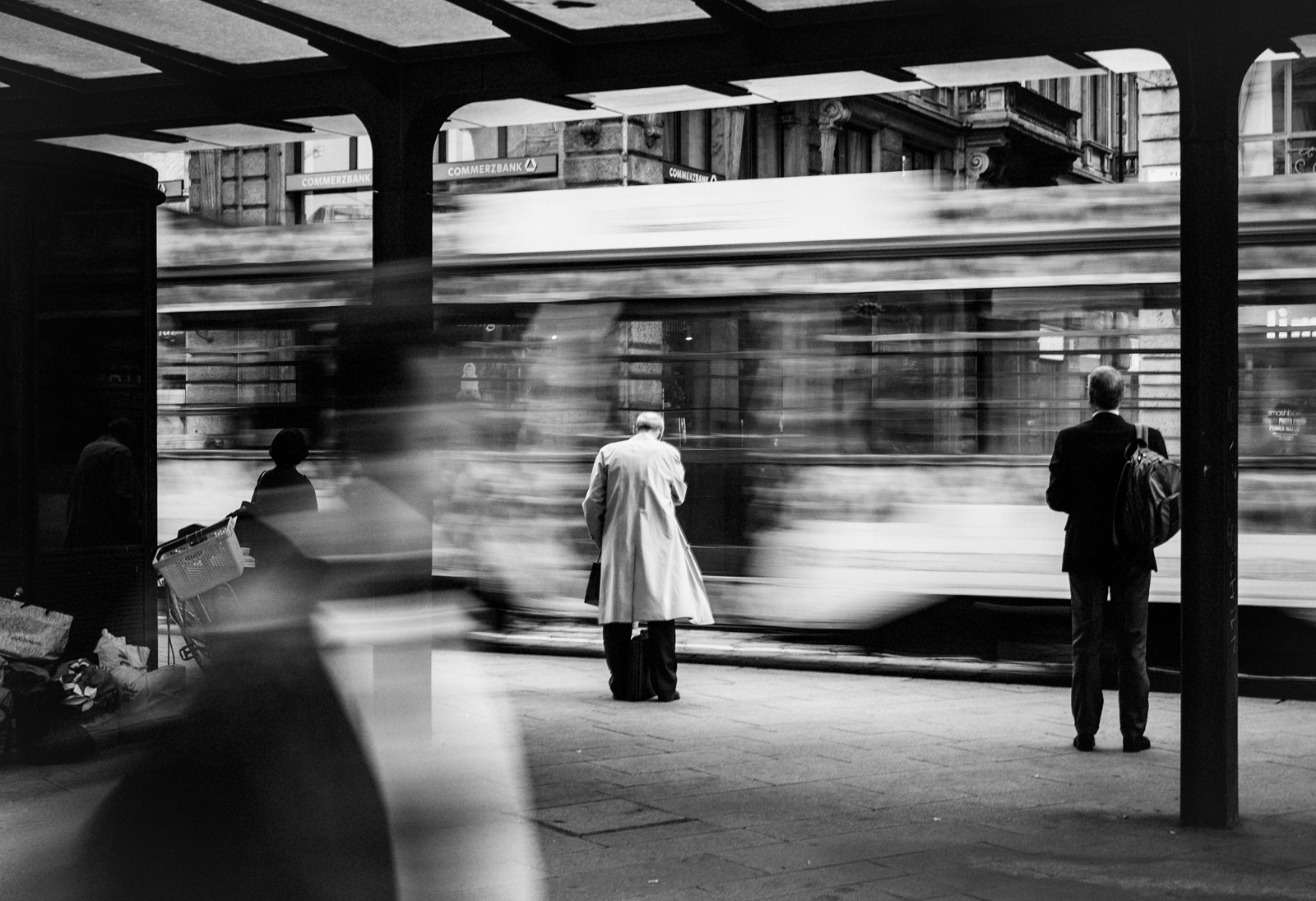Not known Factual Statements About Framing Streets
Not known Factual Statements About Framing Streets
Blog Article
Framing Streets - Truths
Table of ContentsExcitement About Framing StreetsSome Of Framing StreetsGetting My Framing Streets To WorkHow Framing Streets can Save You Time, Stress, and Money.The 4-Minute Rule for Framing StreetsNot known Details About Framing Streets
, normally with the objective of recording images at a definitive or emotional moment by cautious framing and timing. https://soundcloud.com/framingstreets1.
Framing Streets Can Be Fun For Anyone
Susan Sontag, 1977 Road digital photography can focus on people and their actions in public. In this respect, the street professional photographer is comparable to social documentary photographers or photojournalists that also work in public areas, but with the goal of recording newsworthy events. Any one of these professional photographers' pictures might catch people and building visible within or from public locations, which often involves navigating moral issues and regulations of personal privacy, safety, and building.
Representations of daily public life develop a genre in nearly every duration of globe art, starting in the pre-historic, Sumerian, Egyptian and very early Buddhist art durations. Art dealing with the life of the street, whether within views of cityscapes, or as the leading motif, shows up in the West in the canon of the Northern Renaissance, Baroque, Rococo, of Romanticism, Realism, Impressionism and Post-Impressionism.
Our Framing Streets Statements
Louis Daguerre: "Blvd du Holy place" (1838 or 1839) In 1838 or 1839 the very first picture of numbers in the road was recorded by Louis-Jacques-Mand Daguerre in among a pair of daguerreotype sights drawn from his workshop home window of the Boulevard du Temple in Paris. The second, made at the elevation of the day, shows an uninhabited stretch of street, while the other was taken at concerning 8:00 am, and as Beaumont Newhall reports, "The Blvd, so constantly filled up with a moving crowd of pedestrians and carriages was perfectly singular, other than a person that was having his boots brushed.
, that was inspired to carry out a similar paperwork of New York City. As the city developed, Atget assisted to advertise Parisian streets as a deserving subject for photography.

The Main Principles Of Framing Streets
In between 1946 and 1957 Le Groupe des XV every year showed work of this kind. Andre Kertesz. Circus, Budapest, 19 May 1920 Street digital photography created the major web content of 2 exhibits at the Museum of Modern Art (Mo, MA) in New York curated by Edward Steichen, Five French Digital Photographers: Brassai; Cartier-Bresson, Doisneau, Ronis, Izis in 1951 to 1952, and Post-war European Photography in 1953, which exported the concept of street digital photography internationally.

Framing Streets - Truths
The recording equipment was 'a hidden video camera', a 35 mm Contax concealed beneath his layer, that was 'strapped to the upper body and connected to a long cable strung down the right sleeve'. However, his job had little contemporary effect as because of Evans' sensitivities regarding the originality of his task and the privacy of his subjects, it was not released until 1966, in the publication Many Are Called, with an intro written by James Agee in 1940.
Helen Levitt, then an educator of kids, related to Evans in 193839. She documented the transitory chalk drawings - sony a9iii that were component of youngsters's street society in New York at the time, as well as the kids that made them. In July 1939, Mo, MA's brand-new digital photography section included Levitt's work in its inaugural exhibitionRobert Frank's 1958 publication,, was substantial; raw and often indistinct, Frank's images examined conventional photography of the time, "challenged all the formal rules set by Henri Cartier-Bresson and Pedestrian Evans" and "flew in the face of the wholesome pictorialism and sincere photojournalism of American magazines like LIFE and Time".
Report this page